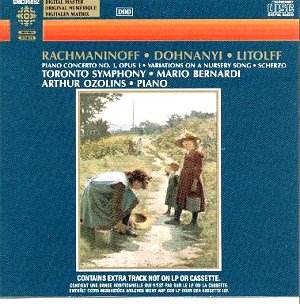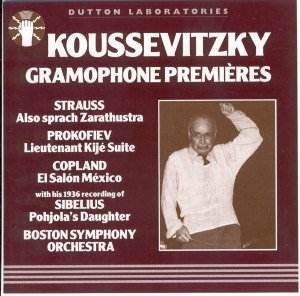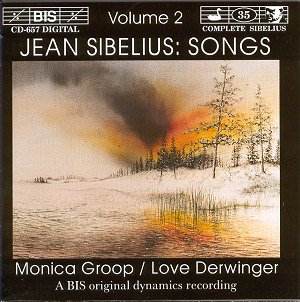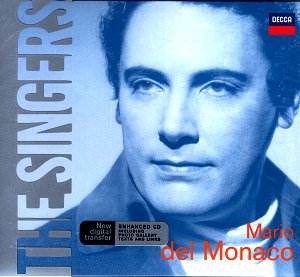 Composer: Henry Charles Litolff
Composer: Henry Charles Litolff
Works: Rachmaninov: Piano Concerto No. 1 in F-sharp minor; Dohnanyi: Variations on a Nursery Song; Litolff: Scherzo from the Third Concerto Symphonique
Performers: Arthur Ozolins (piano), Toronto Symphony Orchestra, conducted by Mario Bernardi
Recording: Recorded in 1986 at Roy Thomson Hall, Toronto
Label: CBC (Canadian Broadcasting Corporation) SMCD 5052
Henry Charles Litolff, a composer often relegated to the peripheries of the Romantic repertoire, is best known for his Concerto Symphonique series, which embodies the lushness and exuberance of the mid-19th century musical landscape. The present recording features his Scherzo from the Third Concerto Symphonique alongside more frequently performed staples: Rachmaninov’s Piano Concerto No. 1 and Dohnanyi’s Variations on a Nursery Song. This juxtaposition not only highlights Litolff’s unique style but also contextualizes his work within a broader Romantic tradition characterized by melodic richness and orchestral color.
Arthur Ozolins’s interpretation of Rachmaninov’s First Piano Concerto reveals a commanding technique and a nuanced understanding of the score’s emotional depth. The opening movement is executed with vigorous attack, capturing the youthful bravado that defines the work. The orchestral accompaniment, however, lacks the requisite sparkle at times, particularly in the transitional sections where the interplay between piano and orchestra should shimmer with excitement. The Andante flows with a haunting tenderness, showcasing Ozolins’s lyrical touch, yet the finale suffers from a sense of sagging momentum, as if the performance hesitates to fully embrace the vigor of the concluding themes. Still, the overall execution is compelling, and the recording does justice to Rachmaninov’s melodic inventiveness.
Dohnanyi’s Variations on a Nursery Song provides a delightful contrast. The initial pompousness of the orchestration gives way to an infectious playfulness as the familiar tune “Twinkle, Twinkle, Little Star” materializes. Here, Ozolins and Bernardi demonstrate a palpable chemistry, delivering variations that are both polished and lively. The parodic elements, drawing on styles from Brahms to Liszt, are rendered with a lightness that makes the piece particularly enjoyable. The orchestral textures are clear and well-balanced, allowing the listener to appreciate the intricacies of Dohnanyi’s writing.
The inclusion of Litolff’s Scherzo is a welcome surprise, and its performance is engagingly spirited, though it is essential to note that the booklet erroneously attributes it to the Third Concerto Symphonique rather than the Fourth. The vibrant orchestration and playful rhythms are well-articulated under Bernardi’s direction, although one wishes for a bit more depth and character in the orchestral foundation to fully support the piano’s exuberant lines.
The sound engineering throughout this recording is commendable, capturing the warmth of the orchestral body while allowing Ozolins’s piano to shine without overshadowing the ensemble. The clarity of the recording enhances the listener’s experience, making it a fine representation of the late Romantic style. Comparatively, while this performance may not eclipse the well-established renditions by celebrated pianists such as Ashkenazy or Horowitz, it stands as a testament to the quality of the CBC’s catalog and the merit of exploring less-frequented works.
This collection serves as an exemplary introduction to the melodic and emotional landscapes of Rachmaninov, Dohnanyi, and Litolff, offering a refreshing perspective on familiar repertoire intertwined with the delightful charm of Litolff’s work. The performances, while at times uneven, reflect a dedication to uncovering the richness of the Romantic tradition, making this recording a worthy addition to any discerning listener’s library.



